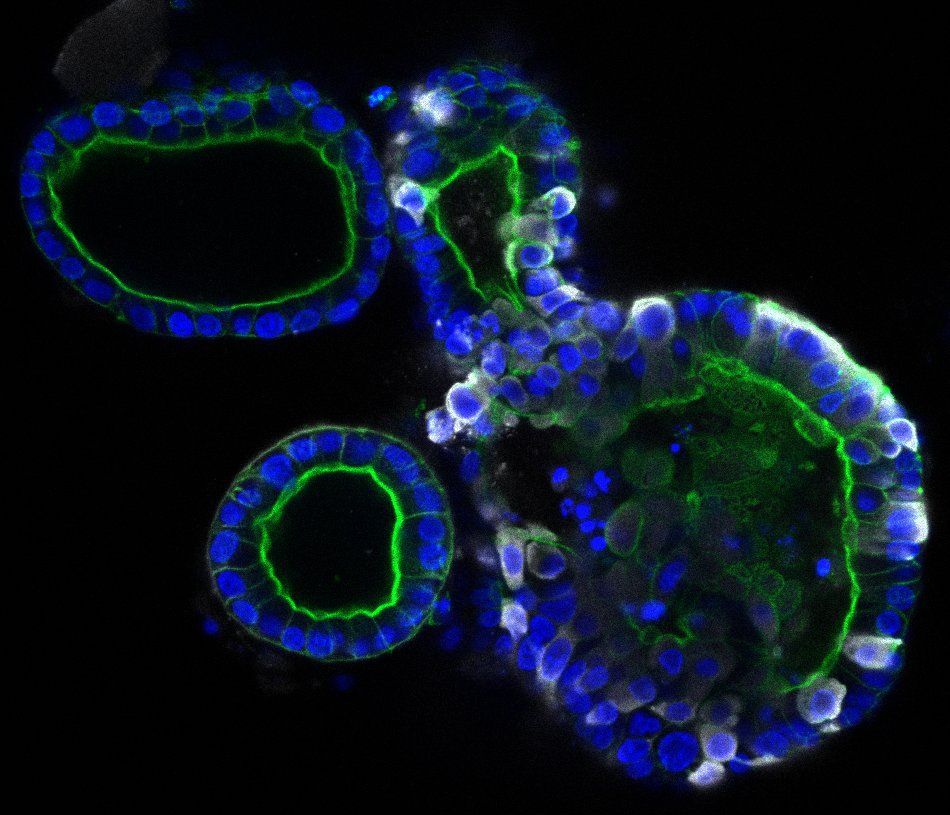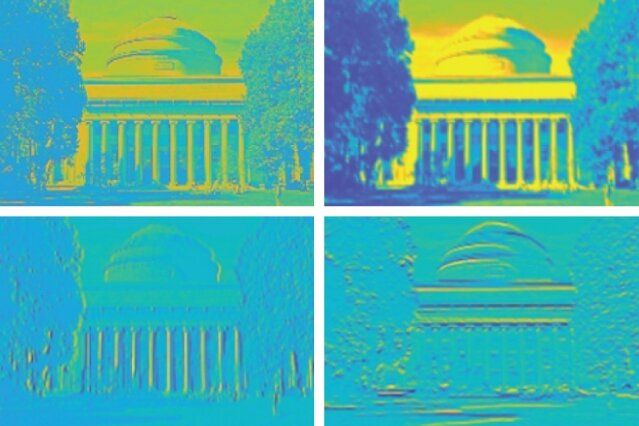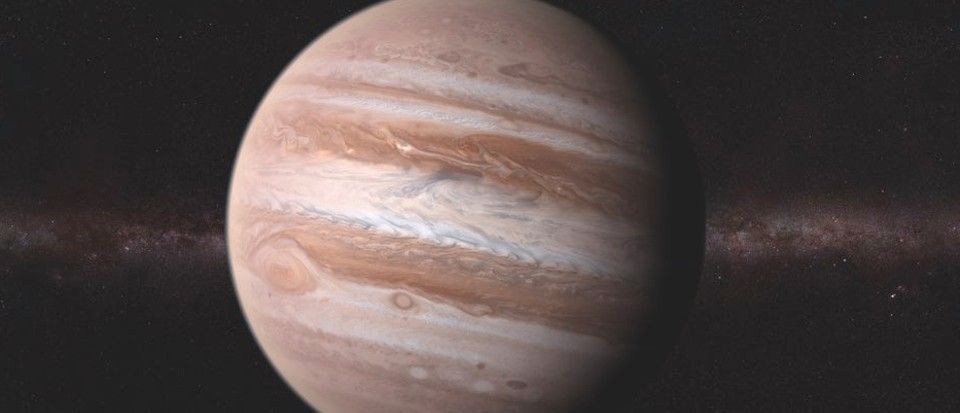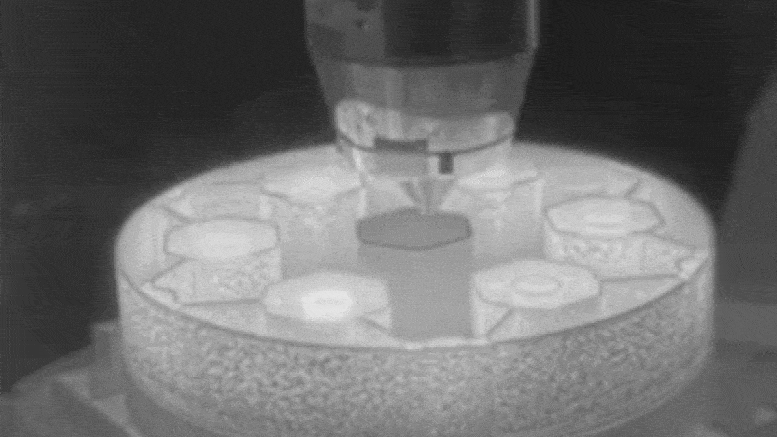SARS-CoV-2 can infect and replicate in cells that line the inside of the human intestines, suggests study using gut organoids.



Almost a year after being diagnosed with a rare brain tumour, a mother of eight of Kato Village, in Region Eight, is now slated to undergo the first phase of her treatment tomorrow.
Junita Gomes, a former teacher, was diagnosed with acoustic neuroma on March 5th, 2019. She is currently bedridden and unable to see, speak, eat, or hear.

Being an astronaut looks like an exciting and glamorous career. But have you ever thought about the dangers that these people face by being exposed to extreme conditions, such as radiation and microgravity?
Living and working in microgravity can impact your whole body in different ways. On the other hand, the human body is capable of adapting its physiology to survive in diverse conditions.

When you speak softly in one of the galleries of St Paul’s cathedral, the sound runs so easily around the dome that visitors anywhere on its circumference can hear it. This striking phenomenon has been termed the ‘whispering gallery’ effect, and variants of it appear in many scenarios where a wave can travel nearly perfectly around a structure. Researchers from the University of Göttingen have now harnessed the effect to control the beam of an electron microscope by light. The results were published in Nature.

MIT engineers have designed a “brain-on-a-chip,” smaller than a piece of confetti, that is made from tens of thousands of artificial brain synapses known as memristors—silicon-based components that mimic the information-transmitting synapses in the human brain.
The researchers borrowed from principles of metallurgy to fabricate each memristor from alloys of silver and copper, along with silicon. When they ran the chip through several visual tasks, the chip was able to “remember” stored images and reproduce them many times over, in versions that were crisper and cleaner compared with existing memristor designs made with unalloyed elements.
Their results, published today in the journal Nature Nanotechnology, demonstrate a promising new memristor design for neuromorphic devices—electronics that are based on a new type of circuit that processes information in a way that mimics the brain’s neural architecture. Such brain-inspired circuits could be built into small, portable devices, and would carry out complex computational tasks that only today’s supercomputers can handle.



On Saturday, May 30 at 3:22pm, for a glorious moment we were given a glimpse of the future of space travel. The successful launch of SpaceX’s Falcon 9 reorbital rocket system carrying the Crew Dragon to the International Space Station was historic in successfully sending NASA astronauts Bob Behnken and Doug Hurley within a privately developed spacecraft. The mission also revealed the next generation of astronautical wear, the SpaceX spacesuit.
Alongside the amount of life-supporting technologies tethered from seat to suit via “umbilical cord”, each spacesuit is bespoke to its wearers for optimal safety and comfort, as described by SpaceX spacesuits and crew equipment manager, Chris Trigg: